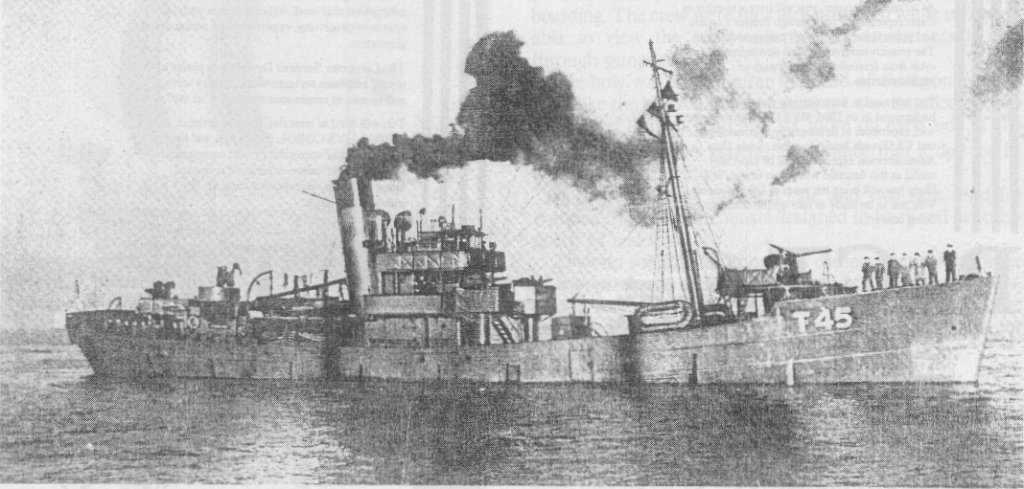- Author
- A.N. Other and NHSA Webmaster
- Subjects
- Ship design and development
- Tags
-
- RAN Ships
- None noted.
- Publication
- June 1990 edition of the Naval Historical Review (all rights reserved)
Our present dependence on Ships Taken Up From Trade (STUFT) in order to fight a war is nothing new. Going right back to 1588 and beyond, there has hardly been an occasion when this was not the case.
Since Alfred the Great, the monarch had been wont to call upon his subjects to furnish and man ships under the same feudal system that enabled him to raise armies. Although the death of the feudal system is generally taken to coincide with that of Richard III in 1485, and although his Tudor successors set about building a professional Navy complete with specialised ships suitable only for combat, of about 140 fighting ships which took part in the Armada campaign, only three dozen were the Queen’s and not all of those had been built as warships. The rest were merchantmen, volunteered by their owners or by the loyal burgesses of cities.
In the late 17th century Oliver Cromwell set about furnishing a Navy strong enough to rival the Dutch but even this energetic late convert to a maritime strategy could not build sufficient ships from scratch and so the First Dutch War was fought with a high proportion of impressed merchant ships, manned largely by their impressed merchant crews.
Charles II built on Cromwell’s foundations and, although he was perpetually strapped for cash, by the end of the Third Dutch War the battle-line was composed entirely of rated warships, built for the job. As William and Mary were to find out, however, there were not enough smaller ships to implement simultaneously the new strategy of blockade (of the entire western seaboards of France and Spain) and the well established one of disrupting enemy trade in distant waters. Suitable armed vessels had to be requisitioned for use as frigates, fireships and cruisers in support of the blockade. For the campaign against enemy merchantmen, extensive use was made of privateers, or legalised pirates. This was not at all uncommon. All the maritime powers found this form of contract piracy useful; the French and Spanish were frequently reduced to employing it as the main offensive weapon in their wars against Britain.
The second half of the 18th Century saw the Royal Navy grow to a strength which needed little immediate augmentation when the really decisive war with Revolutionary France began. Besides nine brand-new East Indiamen, armed as Fourth Rates for convoy protection, less than a score of relatively small ships were required before a massive war construction programme began to yield purpose-built vessels, and captures from the French made up the remainder of the required numbers.

The mid-19th century saw the last of privateers in European waters for, on 16 April 1856, the civilised nations (but not the United States or Spain) assented to Article 1 of the Declaration of Paris – privateering is, and remains, abolished.
Having abolished private enterprise, the nations next turned to formalising terms for the conversion of merchant ships for public use as warships. Fifty-one years (and several naval wars) elapsed before definitions were agreed, in 1907, by the second Hague Convention: such careful consideration had its merits for the basic rules remain unchanged 80 years on. Essentially, conversions must
a. operate under the direct authority, responsibility and control of the State, whose (warship) ensign it must fly;
b. be commanded by an officer whose “name must figure on the list of the officers of the fighting fleet” and whose crew must be subject to military discipline;
c. observe in its operations the laws and customs of war;
d. be declared as soon as possible. By this time, of course, the warship was of totally different construction to the merchantman. Revolutions in propulsion, armament and protection had changed the shape and internal arrangements to the extent that the removal of the converted merchant ship from the line of battle was irreversible, while it could be no better than a surrogate for most other traditional forms of employment.




